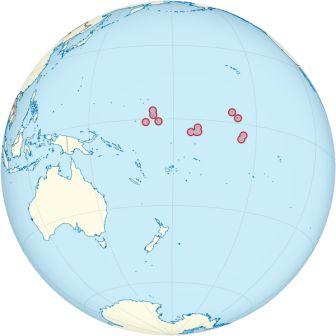Nano waste: The New Evil?

Nanotechnology is the upcoming technology which will drive the future market and industry in the world. It underlines the beginning of the fourth industrial revolution. Nanotechnology refers to the manipulation of a substance of the size as small as one billionth of a meter. It is a very new multidisciplinary area and has the potential to revolutionize the world. Synthetic nanomaterials are already being used across the world for various purposes like cosmetics, paints, and coatings, construction material, etc.
The great potential this technology has can be highlighted from the very fact that gold nanoparticles can catalyze chemical reactions on being stimulated by light while bulk gold in itself is a poor absorber of light. Definitely, nanotechnology has the potential to bring about great advancements in the field of science but like every other revolution the world has seen, this too will leave aback a big heap of problem, i.e. nano-waste, which will escalate the agony of Earth.
The concerns about the toxicity and environmental impacts of this emerging field of technology is yet unanswered. Nanotechnology has wide variety of applications in various fields like electronics, medicine, consumer products, etc. With growing use of nanotechnology, what is left behind is waste containing engineered nanomaterials, which can’t be even monitored pertaining to its minuscule size. This is what is referred to as ‘nano-waste’.
Nano-wastes are considerably more reactive then their bulk counterparts and because they are so small in size it’s very difficult to observe and predict their behavior under different conditions. This difficulty associated with nano-waste leaves back a big unanswered question as to how this would affect us and our environment in the near future and is this, the way forward to sustainable development.
Not much attention has been paid to the probable ill effects of nano-waste and their disposal. However, many problems related to nano-waste has already surfaced. Asbestos which is a naturally occurring mineral having widespread use for its insulation properties but the nano-fibrils associated with this have been discovered to have ill impacts on health on being inhaled. Another example is that of silver, which in bulk quantity is relatively unreactive and has no potential side effects, but on being sized down to nano particle size it has been found to have adverse impacts on the soil microbes negatively impacting the naturally occurring symbiotic processes and hence it’s not hard to comprehend the potential hazard it may have in store for us too.
There is hence an increasing need to properly handle and dispose of the nano-waste. Nano-wastes should be recycled as much as possible, in case of reactive nano-waste they should be properly neutralized before disposal and also attention should be paid regarding its disposal so that it does not find its way out to harm human and environmental health. The OECD has recently released a series of five reports which deals about nanomaterials and nano-wastes and methods for their safe disposal, recycling and hazard evaluation.
However, there is a lack of strict policy and regulatory framework related to the use and disposal of nanotechnology. There is a need for strict legislation to monitor the manufacturing and sale of products containing nanoparticles, as after the lifetime of the nanomaterial what it will leave behind would be difficult to monitor may have the toxic impact on society and environment in the long run. New products having nanomaterials should be released in the market only after a proper disposal procedure is devised for it. There is also a need to raise awareness amongst consumers to ensure that with the development of nanomaterials we do not have to face the wrath of nano-wastes.
References and further reading-
https://sustainabledevelopment.un.org/content/documents/9539GSDR_Nano_brief%204.pdf
http://www.weforum.org/agenda/2016/02/what-is-nanowaste-and-how-will-it-affect-us



